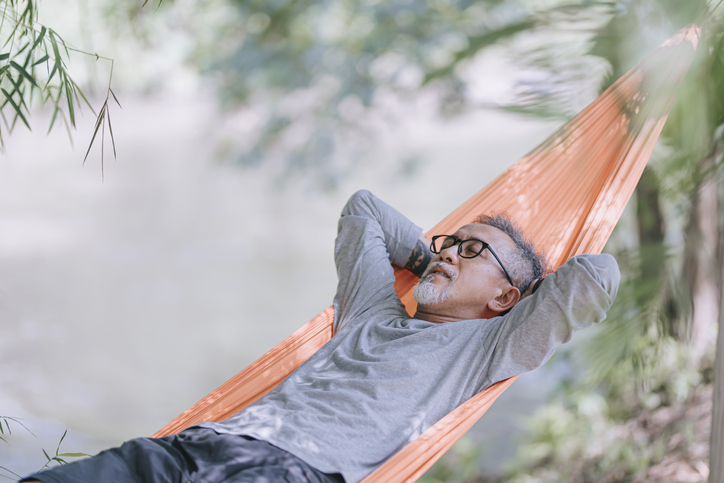Whether you call them nanna naps or power naps, the afternoon siesta has been practised in hot climates around the globe for centuries and now it has scientific backing. Readers rejoice and recline.
Researchers at the Australian National University have found that cultural heat avoidant practices – as simple as staying out of the hot afternoon sun – may provide powerful protection against heat extremes caused by climate change.
And if you think cool air conditioning is our saviour in summer, think again.
An ANU study found that despite spending substantially more time in air-conditioned spaces over the past 40 years, people in the Northern Territory have paradoxically become more vulnerable to heat-related deaths.
However, Aboriginal communities in the NT are no more vulnerable to heat despite high burdens of chronic illness, extreme socioeconomic and housing inequity and far less access to air-conditioned spaces. The reason: the nap.
Lead author, Dr Simon Quilty, who is a PhD candidate at the ANU National Centre for Epidemiology and Population Health, says hot-climate communities need to start considering socio-cultural means of adapting to hotter weather.
“It’s generally accepted that technological innovations such as air-conditioning are critical in preparing for hotter climates,” Dr Quilty says. “But our research shows that the social and cultural practices developed by First Nations people over generations, such as reducing physical exertion in hotter parts of the day, are powerful mechanisms for protecting human health.
“An afternoon nap can help your body acclimatise, protects you from the hottest part of the day, costs nothing and has no carbon footprint. This is a story of how Aboriginal culture and knowledge of environment has enabled extraordinary resilience to extreme weather.”
Warumungu Elder and co-author, Norman Frank Jupurrurla, says that in the old days during winter, people would walk out in the desert, collecting seeds and bush potato while the weather was cool.
“In summertime, they would live in the river and creek country,” Mr Jupurrurla says. “In the very hot weather, they’d be around the spring country where they could get water. They wouldn’t go into the desert when it was very hot – too dangerous.”
As extreme hot temperatures become more common, Dr Quilty says the most important tool we have may be cultural change.
“It’s time to learn from First Nations people and other societies from the past that used culture as a tool to thrive in hot climates,” he says. “Perhaps we should all be having an arvo nap when it’s hot rather than turning up the AC.”
Get local, national and world news, plus sport, entertainment, lifestyle, competitions and more delivered straight to your inbox with the Canberra Daily Daily Newsletter. Sign up here.



